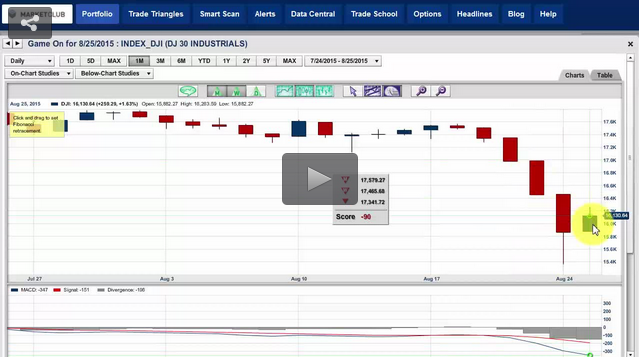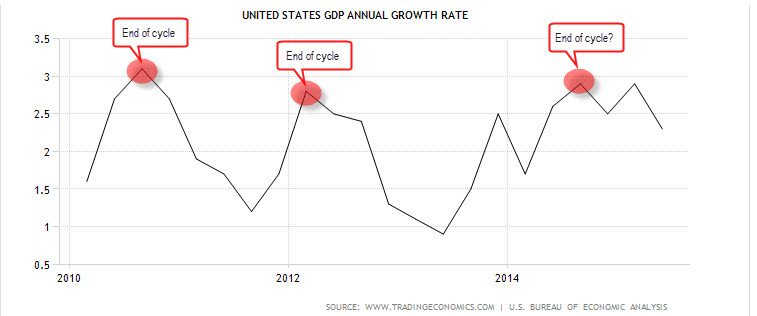The Gold Report: When we talked in November, you warned that there would be downward pressure on gold this year. What are you anticipating for the balance of 2015 and into next year?
Florian Siegfried: We were being cautious in November when we published guidance that indicated gold could trade as low as $1,070 per ounce ($1,070/oz) as a support zone. And that is pretty close to where it is trading right now. But I think that we have to distinguish between the paper price of gold and the physical price, which trades at a premium. For example, the U.S. Mint currently sells gold at around $1,400/oz.
"Pretium Resources Inc.'s Brucejack is one of those mines that brings a long mine life and high grade in a safe jurisdiction."
This suggests that there is some tendency toward increasing premiums in the market for physical metal. Where we go by the end of the year is a difficult question because it's always hard to catch the bottom of the market. But a look at the last three or four years gives us some clues. Hedge funds were maximum net long in gold at the peak of 2011, and now they're maximum net short, which could be a good contrarian indicator (see chart above).
It looks as if $1,080/oz could be the bottom. It's not defined yet, but the sentiment is definitely at extremes.
The turn in gold will come from short covering, and the short covering will come when the bearishness really reaches a climax event. Probably we are there, but we will have to wait and see. It is difficult to make a call for year-end because there are so many factors influencing the gold price, and sentiment is extremely negative. The trigger for moving up could come from the bond market, which is in a difficult spot right now. Liquidity is down. Yields and credit spreads are rising. When something goes wrong there, where will the conservative money go to? I don't think it is going to go back into government funds. As investors lose confidence, that could be the trigger for gold. We are probably going to see this in the fall, by September or October. I think the bond market is about to turn around.
TGR: What are some of the other triggers you're watching? Are you monitoring the U.S. Federal Reserve and whether that rate hike happens in the fall? Continue reading "Look for Value Opportunities and Put Your Capital to Work Selectively in this Market" →




